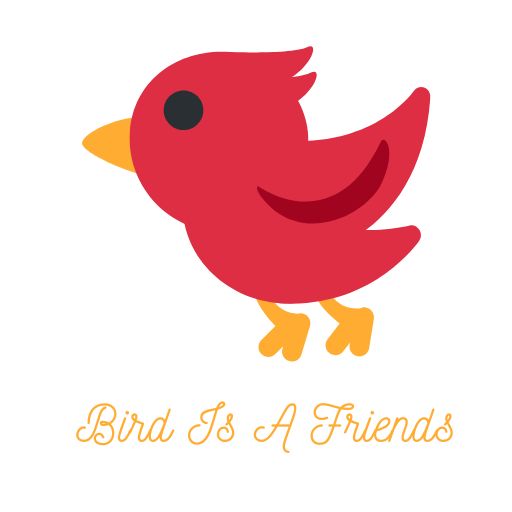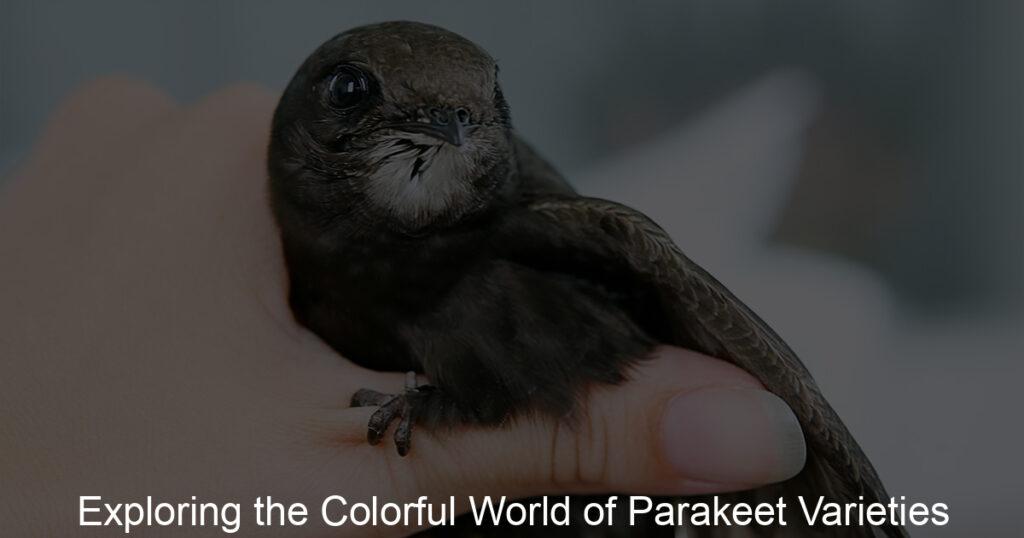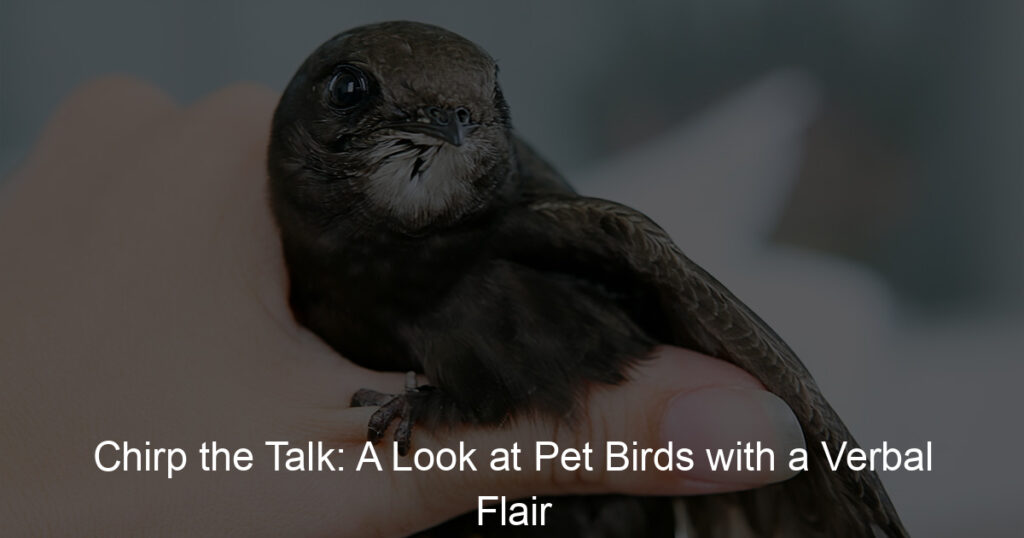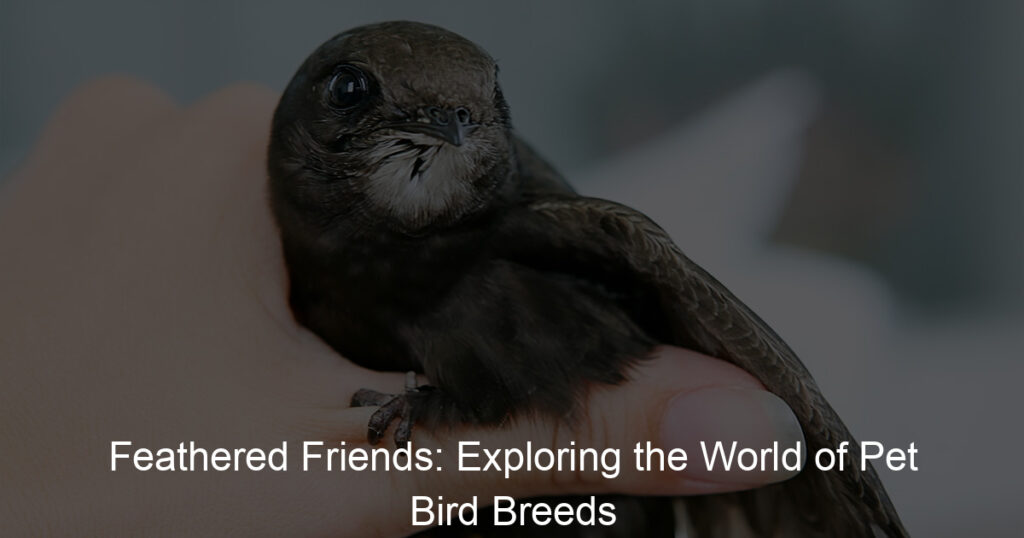If you are one of the many bird enthusiasts who keep their feathered friends indoors, you might be wondering how to create a stimulating environment for your pet. Although birds naturally enjoy being in flocks outdoors, there are several things you can do to make sure your indoor pet is content and stimulated.
By providing plenty of perches, toys, and hiding spots, you can create an environment that meets your bird’s needs and keeps them happy. Keep reading to learn more about how to create a stimulating environment for your indoor pet bird.
How do you stimulate a pet bird?
Stimulating pet birds can be incredibly rewarding for both the bird and its owner! The best way to do this is by offering toys, activities, and other objects which your bird can explore. Providing perches at different heights lets your bird move around as they would in nature. You can hang items from the top of the cage for them to play with. Natural wood branches are ideal because not only will they play but they’ll also help keep their beak trimmed.
As with any pet, good nutrition is essential and it’s important to consistently offer fresh foods like fruits and vegetables. Other activities such as flying time outside the cage, special treats, and occasional baths are fun options that will delight your feathered pal! Of course, spending time simply talking to or cuddling with your pet can be just as satisfying for you both!
How do you keep a pet bird entertained?
Providing adequate stimulation and entertainment for a pet bird can be a challenge. Keeping the bird’s cage environment diversified is essential to ensure it remains entertaining. Introducing a variety of toys and objects into the cage is an easy way to provide your pet with plenty of amusement.
Dangling ropes, bells, mirrors, swings, and colorful wooden blocks – all safe for birds – deliver visual and tactile stimulation. Additionally, create moments of engagement by interacting with your bird through singing or talking, providing treats, and teaching it tricks. Avian-safe chew items such as softened leather or rigid cardboard help keep your pet’s beak healthy while encouraging active playtime that keeps boredom at bay.
What is good enrichment for birds?
Keeping birds as pets can be lots of fun, but it’s important to provide them with appropriate enrichment activities. Enrichment for birds typically involves toys and activities that stimulate their senses and keep them entertained. Perches of varying textures are an important form of enrichment, as they provide opportunities for birds to exercise their feet and beak.
They also help simulate a more natural environment by allowing birds to move around and shift onto the different footing. Placing different toys in the bird’s enclosure can provide additional physical and psychological stimulation, such as balls, which require problem-solving skills to open or toys specifically designed for foot manipulation.
Offering shelf, floor, or hanging puzzles may benefit some species by providing mental stimulation through problem-solving. Lastly, offering a variety of food puzzle feeders could be beneficial due to how labor-intensive the process can be for many bird species – this allows the birds to simulate natural behaviors found in the wild where food is hard to come by.
What are signs of boredom in birds?
Multiple physical indications can point to a bird feeling bored. The most obvious symptom is the lack of energy which shows in the bird being less active than usual, sitting motionless and avoiding perching. Its feathers may also seem flatter and it may sound quieter as vocalizations decrease. Bored birds will likely be more aggressive toward other birds and humans.
In addition, some species display behavioral changes such as feather plucking and increased preening when bored. If a bird’s environment remains unchanged for long periods of time, it may contain vibrate with objects in its cage or start repeating simple tasks like propping from one side of the cage to another without seeming to interact with its surroundings.
How do you make a bird feel loved?
Showing bird plenty of love and affection is one of the best gifts you can give them. While every species is different, some common behaviors include talking softly to your bird or saying its name when you enter the room. Playing games with them, such as training for tricks or hide-and-seek puzzles, can help keep them mentally stimulated and entertained.
Dedicating time to feed your feathered companion healthy treats that they enjoy eating, as well as interactive playtime will also lead to an improved bond between you both. Scheduling regular vet visits will ensure your buddy’s physical needs are being met and keeping their cage clean will keep their space feeling inviting and safe. With just a bit of work and dedication, any bird owner can create a loving environment for their feathered friend.
Summary
The environment should not just be stimulating but also safe for your pet bird, which is why it’s important to supervise them enclosed around an indoor area. Providing a stimulating environment for your pet by giving them things like puzzles, hiding spots, and toys will ensure that they stay engaged, mentally active, and healthy.
Additionally, comfortable perches outdoors and food such as vegetables or seeds can also help provide a healthy lifestyle while adding to their environmental stimulation. It’s important to remember that your pet will become bored if, in the same environment, all the time so rotate items every 2 weeks or so in order to create a new dynamic living space. By creating an encouraging, interesting, and engaging surrounding for your pet bird you are setting the stage for years of happy companionship between you and your feathered friend.








